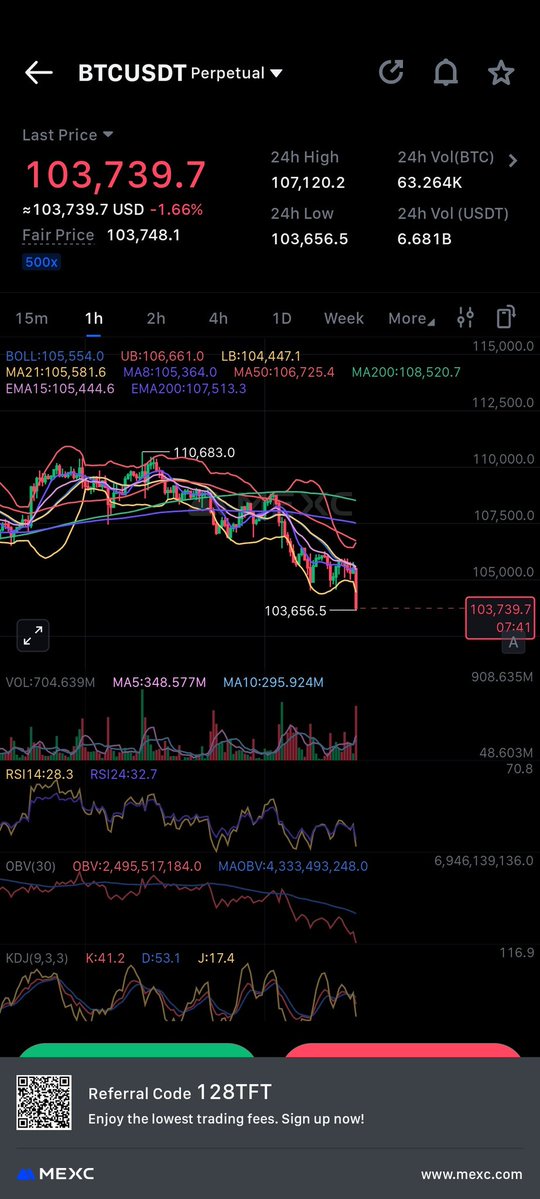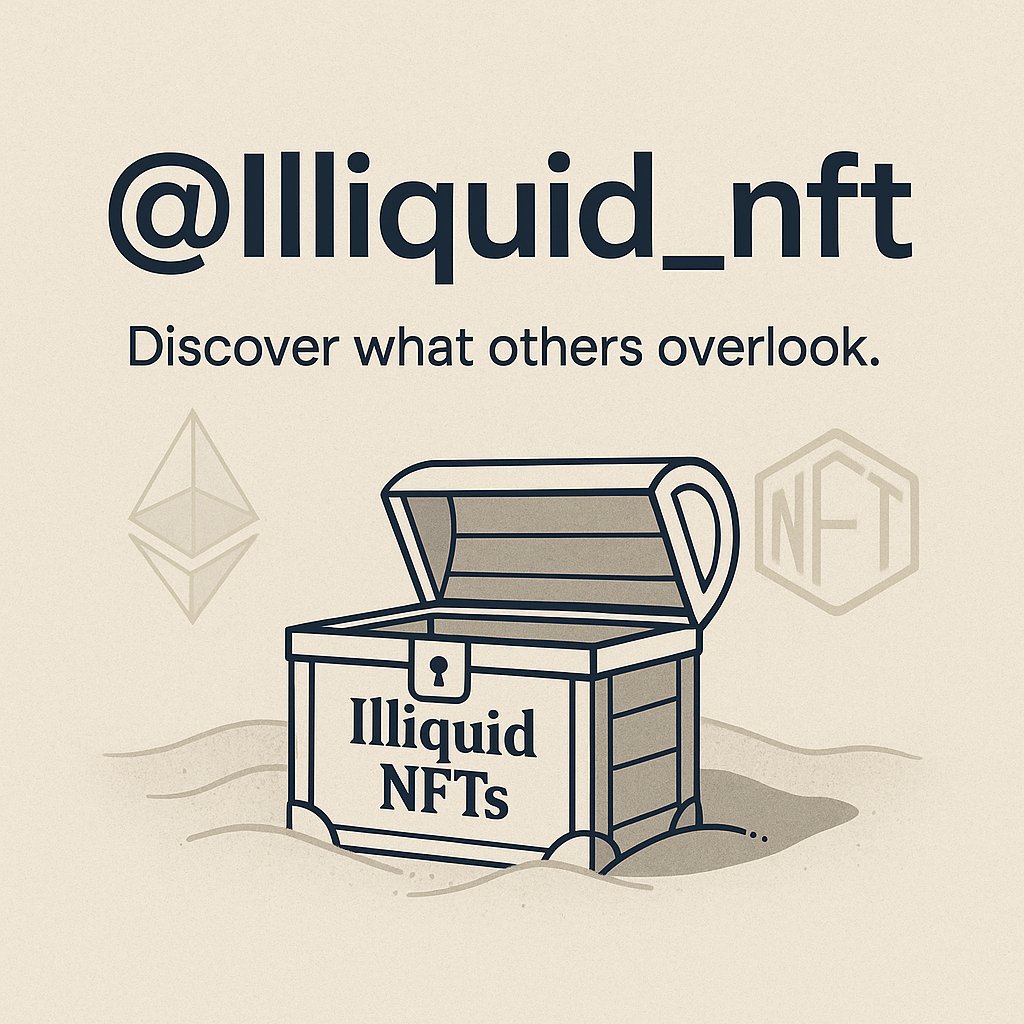—
The Transformative Role of AI in Cryptocurrency Market Analysis
In recent years, artificial intelligence (AI) has evolved from a niche technology to a cornerstone of modern financial markets, and the cryptocurrency space is no exception. With the inherent volatility, complexity, and rapid evolution of digital asset markets, AI’s integration offers traders and analysts a substantial edge. This report explores how AI reshapes cryptocurrency market analysis by enhancing logical entry point identification through price, wave, and market structure evaluation, fundamentally changing the trading landscape.
—
Unpacking AI’s Advantages in a Turbulent Market
The cryptocurrency market is well-known for its unpredictability. Unlike traditional markets where macroeconomic data and institutional movements provide anchors, crypto markets often react to sentiment swings, regulatory news, and rapid technological shifts. AI’s prowess lies in processing vast datasets and uncovering nuanced patterns unseen by the human eye or traditional analysis.
– Speed and Scalability: AI algorithms can scan and analyze thousands of data points—price charts, order books, sentiment feeds—within seconds, providing real-time insights that manual analysis cannot match.
– Noise Filtering: Cryptomarkets are rife with misinformation and “noise.” AI can sift through social media chatter, news reports, and market data to differentiate signal from noise, ensuring traders focus on meaningful indicators.
– Pattern Recognition: Machine learning models excel at detecting subtle, non-linear relationships and recurring market structures, such as complex price patterns or the fractal nature of wave structures, which might escape conventional wave analysis methods.
This unique capacity allows AI to complement and even extend human-driven logical analysis, making entry point identification more precise and objective.
—
AI-Powered Price and Market Structure Analysis
Traditional technical analysis emphasizes clear indicators—support and resistance levels, moving averages, volume changes—but these tools require interpretation and can vary by trader skill. AI enhances this by automating:
– Dynamic Support and Resistance Identification: Instead of static lines on charts, AI models adaptively determine key price zones considering multi-timeframe data and order flow dynamics.
– Volume Pattern Analysis: AI can correlate volume spikes with price transitions across various exchanges, detecting accumulation or distribution phases that precede major moves.
– Trend Confirmation: Rather than relying solely on fixed moving averages, AI integrates multiple trend indicators, weighing their combined predictive power to confirm or question trend strength.
By merging these elements, AI generates probabilistic assessments, suggesting entry points with quantified confidence levels, objectively reducing guesswork and impulsivity.
—
Enhancing Wave Analysis Through Machine Learning
Wave theory, particularly Elliott Wave, offers a nuanced psychological model where price moves reflect collective trader emotions and expectations. However, practitioners often struggle with the subjectivity of wave counts. AI addresses this challenge through:
– Algorithmic Wave Counting: Neural networks and pattern recognition algorithms can identify wave structures consistently across datasets, minimizing human bias in wave interpretation.
– Multi-Timeframe Correlation: AI models analyze wave cycles simultaneously across different scales, aggregating insights to identify dominant impulse or corrective phases with higher accuracy.
– Predictive Wave Modeling: Machine learning can forecast probable future wave paths based on historical patterns, supporting more confident entry timing aligned with anticipated market rhythms.
These advancements transform wave analysis from an art into a more data-driven science, providing traders with clearer, algorithmically validated signals.
—
AI as a Strategic Partner: Platforms and Tools
A wave of AI-powered platforms demonstrates the practical integration of these technologies in crypto trading:
– Syrax AI: Utilizing deep learning to digest market data rapidly, Syrax offers traders insights that synthesize price, volume, and wave information—delivering actionable entry and exit recommendations.
– Ganbitera: By combining AI with NFT market data, Ganbitera not only analyzes traditional crypto assets but also pioneers logical frameworks for emerging non-fungible token valuations and timing.
– Avo: Their on-chain trading agents leverage algorithmic strategies calibrated with AI to manage dynamic market conditions, helping users navigate complex indexes and sentiment swings systematically.
These tools signify the frontier where AI and logical market principles converge, making systematic, evidence-backed trading strategies accessible to a wider audience.
—
Broader Implications: AI and the Future of Digital Asset Trading
As AI techniques become more sophisticated, their adoption in the crypto market accelerates, leading to several important consequences:
– Increased Market Efficiency: AI-driven insights reduce information asymmetry among participants, leading to smoother price discovery and less extreme volatility spikes caused by irrational behavior.
– Democratization of Expertise: By encapsulating expert-level analysis within accessible platforms, AI lowers the barrier to entry for retail traders who previously lacked the skills or resources for detailed market study.
– Adaptive Strategies for Novel Assets: With NFTs and DeFi tokens entering the financial mainstream, AI enables the extension of logical analysis frameworks into asset classes where traditional methods fail, providing continuity in analytical approaches.
However, the synergy requires continual refinement—human judgment remains crucial to contextualize AI outputs and detect emergent risks or market shifts that algorithms alone might overlook.
—
Conclusion: AI as the Logical Compass in a Crypto Sea
Artificial intelligence is rapidly becoming the logical compass guiding traders through the tumultuous seas of cryptocurrency markets. By augmenting traditional techniques of price and wave analysis with real-time data processing, predictive modeling, and noise filtering, AI empowers market participants to pinpoint entry points grounded not in hype or emotion, but in calculated probability.
The merging of AI with human insight offers a balanced, resilient approach—one that honors the complexity of digital asset markets while promoting disciplined, data-driven decision-making. As these technologies mature, the divide will narrow between theoretical market logic and practical trading execution, heralding a new era where AI-supported frameworks define how success is achieved in the cryptocurrency realm.
—
Sources
– Syrax AI trading analysis platform
– Ganbitera AI NFT launchpad
– Avo’s on-chain trading agents
—











